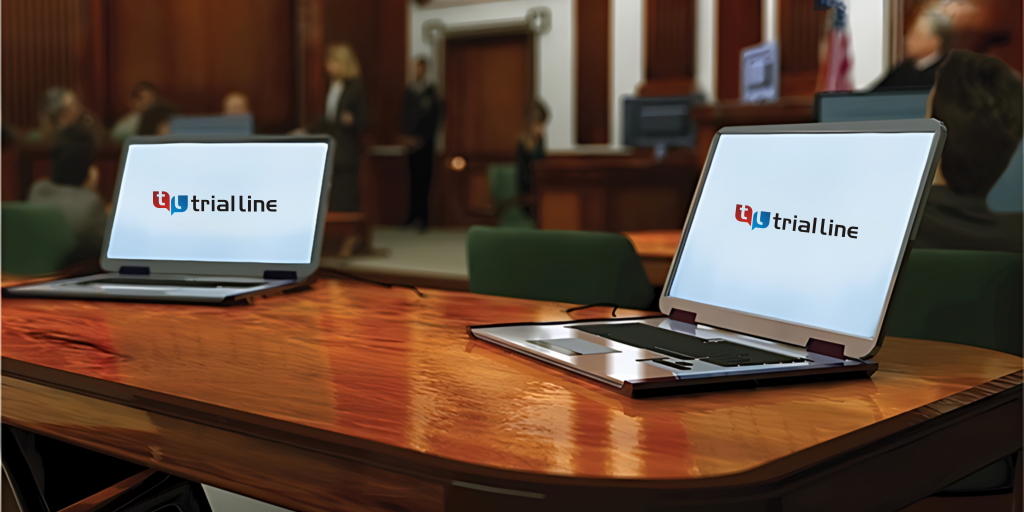Enhancing Your Legal Method With Specialist Test Presentations
In today's legal landscape, the significance of expert trial discussions can not be overemphasized. As lawyers browse the complexities of the courtroom, the capability to successfully communicate detailed debates is paramount. By transforming dense lawful concepts right into engaging stories, practitioners can enhance juror comprehension and retention. Integrating multimedia devices and narration strategies can develop an engaging background that not just notifies however likewise reverberates mentally with jurors. The inquiry stays: what particular techniques can lawyers utilize to raise their presentations and ultimately affect trial outcomes?
Importance of Test Presentations
Trial discussions act as a critical component in the legal procedure, successfully bridging the void between intricate legal debates and juror comprehension. The ability to boil down elaborate lawful principles into easily accessible narratives is crucial for jurors, who must make enlightened decisions based upon the evidence offered. A well-crafted presentation not just clarifies the instance but additionally improves the persuasiveness of the argument, ultimately influencing the court's assumption.
In an era where focus periods are restricted, the significance of engaging visuals and clear interaction can not be overemphasized. Test discussions offer to record jurors' rate of interest and preserve their emphasis, permitting a deeper understanding of the truths and lawful issues available. In addition, they provide a structured structure that arranges the instance, helping with sensible circulation and comprehensibility.

Trick Components of Effective Presentations
An efficient discussion in a courtroom setting rest on several essential parts that jointly enhance its effect. Leading among these is clarity of message. Lawyers have to distill complicated lawful debates into concise, quickly absorbable indicate guarantee jurors comprehend the core concerns. Complementing this clearness is using an engaging narrative structure. A well-organized presentation, with a clear start, center, and end, overviews the target market via the case, making it much more relatable and unforgettable.
Visual help play an essential duty as well, as they can considerably enhance crucial messages. Efficient usage of exhibits, graphes, and representations can clarify complex information and emphasize crucial realities. In addition, the speaker's shipment style is vital; confident, interesting interaction promotes integrity and preserves jurors' attention.
Lastly, recognizing the target market is vital. Tailoring the discussion to the jurors' histories and values can foster a link that improves receptivity to the debate. In summary, clarity, narrative framework, visual aids, distribution style, and target market recognition are essential to crafting an effective court room presentation that resonates with jurors and sustains the overarching legal approach.
Innovation in Trial Presentations
Modern court rooms increasingly incorporate technology to boost trial discussions, improving the fundamental aspects of reliable communication developed through clear messaging and interesting narratives. The unification of audio-visual aids, such as high-def projectors and interactive display screens, enables lawful teams to existing evidence in a much more engaging manner. This modern technology not only records the jury's interest yet likewise promotes a better understanding of complicated details.

Digital devices, including presentation software application and digital exhibit administration systems, streamline the organization and access of proof (trial presentations). Attorneys can rapidly reference papers, photos, and video clips, ensuring that essential information is readily easily accessible throughout the trial. Additionally, making use of computer animations and simulations can strongly highlight key ideas, making them much easier for jurors to realize
Moreover, court modern technology advertises cooperation among legal experts, making it possible for real-time adjustments to presentations based on jury reactions or unanticipated growths. The ability to adapt on the fly is crucial in keeping interaction and reinforcing arguments. As modern technology remains to develop, its duty in test discussions will most certainly increase, supplying cutting-edge methods to interact efficiently and persuasively in the pursuit of justice.
Storytelling Strategies for Influence
Efficient storytelling techniques are crucial in delivering impactful test presentations, as they transform intricate lawful disagreements into relatable stories. A well-crafted tale mesmerizes the audience, making it easier for jurors to recognize and keep in mind essential points.
To develop a compelling narrative, lawyers ought to concentrate on developing a clear structure with a beginning, center, and end. The beginning needs to present the situation context and its importance, while the middle elaborates on the core concerns, weaving forthcoming and witness testimonies that sustain the argument. Effectively, the ending need to enhance the designated message, driving home the preferred outcome.
In addition, incorporating psychological elements can dramatically improve the story's influence. By humanizing the case, lawyers can evoke empathy, enabling jurors to attach personally with the realities presented. Making use of vivid imagery and stories can also aid in highlighting complex styles, making them extra tangible and remarkable.

Tips for Execution in Court
Executing narration techniques in court needs mindful planning and implementation to guarantee that the story resonates with jurors. Begin by recognizing the core message of your case and straightening it with the psychological and accurate components that will involve the jury. Produce a clear and compelling narrative arc that consists of an intro, an advancement of conflict, and a resolution.
Use visual aids to boost narration; exhibits, timelines, and multimedia presentations can help highlight complex principles and preserve juror interest. Exercise your delivery, making sure that body movement, tone, and pacing are consistent with the psychological weight of your tale.

Conclusion
In verdict, expert test discussions play a vital duty in enhancing lawful techniques by properly interacting complex disagreements to jurors. The integration of aesthetic help, clear narratives, and psychological storytelling cultivates juror engagement and understanding. By leveraging technology and adhering to essential components of effective presentations, lawyers can considerably boost the probability of attaining desirable decisions. The application of these this hyperlink strategies is vital for contemporary trial campaigning for, inevitably shaping the end result of legal procedures - trial presentations.